Types of Shadows in Product Photography
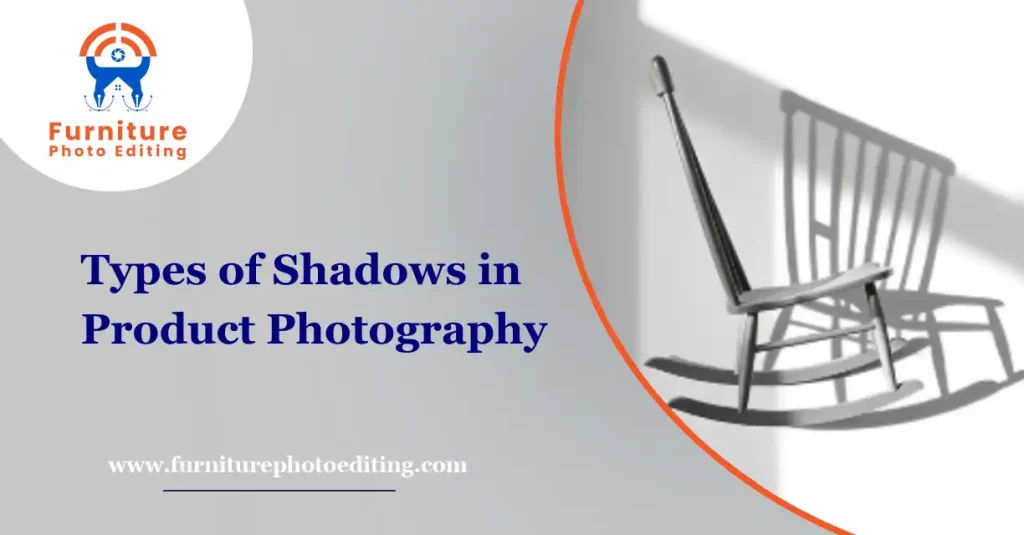
Shadows enhance realism, lending depth and dimension to otherwise flat images. They highlight product features, draw attention to details, and even evoke emotions, creating a visual narrative that builds trust. Beyond aesthetics, shadows can increase conversion rates by making products appear tangible and authentic, something customers can imagine holding or using.
Let’s explore the various types of shadows in product photography and how they can transform your product images from ordinary to extraordinary.
Why Shadows is Important for Product Photography?
Shadows aren’t just decorative elements; they are strategic tools that influence perception. Shadows ground a product in its environment, providing context and spatial awareness.
For instance, a well-placed shadow can emphasize the texture of a leather wallet or accentuate the curve of a ceramic vase. Shadows also help create consistency in branding. By using a uniform shadow style across your product catalog, you establish a professional and recognizable visual identity, reassuring customers of the quality of your offerings.
Moreover, shadows can elicit specific emotions which can subtly guide purchasing decisions, giving your products an edge over competitors.
Bring your furniture photos to life with realistic shadow effects. From drop shadows to mirror reflections, our expert editing services enhance depth and appeal, perfect for eCommerce listings and catalogs. Get a Free Furniture Shadow Creation Trial today and elevate your brand’s image and capture attention with lifelike, professional visuals.
Types of Shadows in Product Photography
The types of shadows used in product photography depend on the desired visual effect and the nature of the product. Each shadow type serves a specific purpose and comes with unique characteristics, making them ideal for different scenarios.
Natural Shadow
Natural Shadows are the most intuitive and straightforward to understand. These shadows occur naturally when a single light source illuminates a product. They are subtle, realistic, and lend a three-dimensional feel to images. Natural shadows are particularly suitable for lifestyle shots where the goal is to mimic real-world lighting conditions, such as a sneaker casting a shadow on a wooden floor.

For products like shoes or home decor items, natural shadows provide the perfect balance of simplicity and authenticity. The biggest advantage of natural shadows is that they are easy to achieve during the shoot, requiring minimal editing afterward. However, they can be tricky to control, especially for products with intricate details or reflective surfaces.
Drop Shadow
Drop Shadows, on the other hand, are a staple in e-commerce photography. These shadows are created digitally or during the shoot to give the illusion that the product is resting on a flat surface. A classic example is a piece of furniture with a soft shadow underneath, simulating sunlight falling directly from above.

Drop shadows add a professional and polished look, making products stand out while maintaining focus. They are particularly useful for catalog images where the background is typically white or plain. However, poorly executed drop shadows can appear artificial and distract from the product. Precision is key to achieving a balance between depth and realism.
Reflection Shadow
Moving into the more creative realm, Reflection Shadows offer a luxurious and elegant feel. These shadows mimic the effect of placing a product on a reflective surface, like glass or polished marble. Commonly used for jewelry, cosmetics, and high-end electronics, reflection shadows enhance the perceived value of a product.
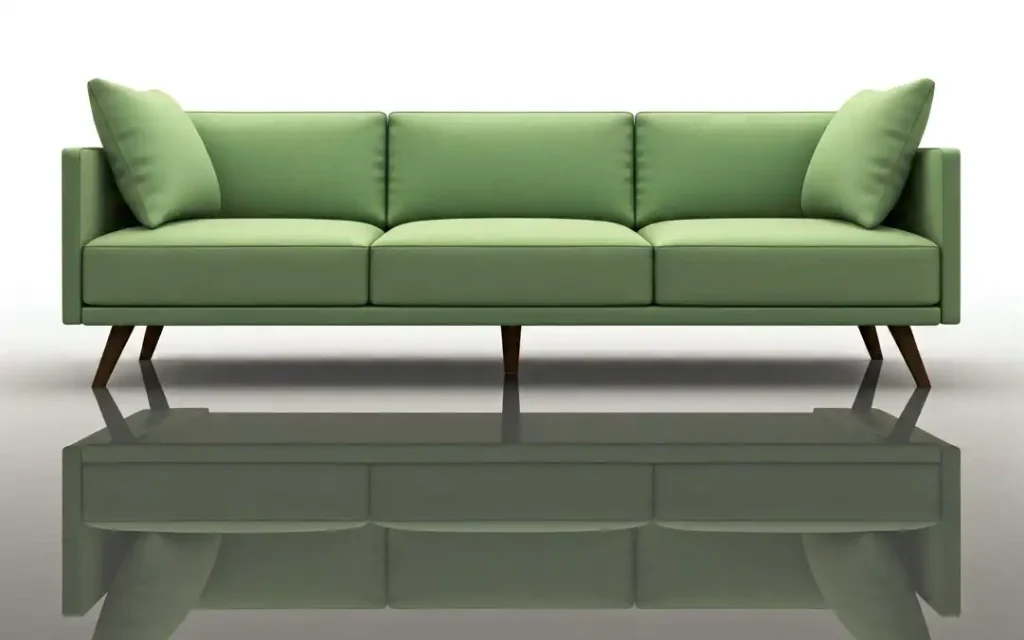
For example, a diamond necklace with a soft, mirrored shadow creates a sense of opulence and sophistication. But this technique requires careful execution—too much reflection can overpower the product, while too little might look incomplete. In many cases, reflection shadows are added during post-production to achieve a flawless look.
Hard Shadow
Hard Shadows bring boldness and drama to product photography. These shadows are characterized by their sharply defined edges, created by a concentrated light source, like direct sunlight or a spotlight. They are often used to highlight the structural features of a product, such as the sleek edges of a smartphone or the angular design of a modern watch.
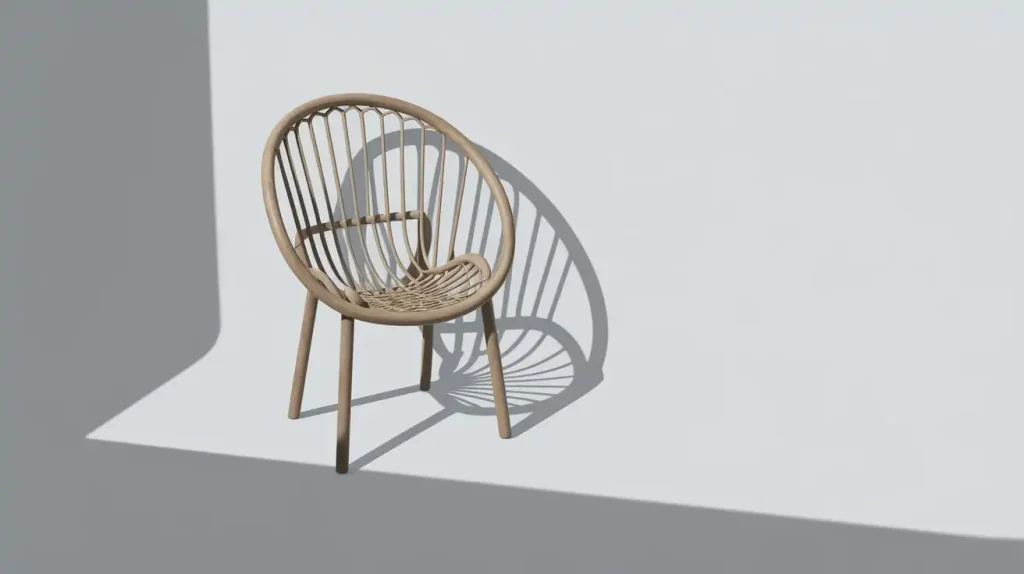
For brands aiming for a modern or edgy aesthetic, hard shadows are the go-to option. However, they demand precision in light positioning to avoid overpowering the product. A poorly placed hard shadow can obscure important details, defeating its purpose.
Soft Shadow
In contrast, Soft Shadows provide a gentle and natural effect, ideal for products where subtlety is key. These shadows are created using diffused or large light sources, such as softboxes or natural light filtered through sheer curtains.
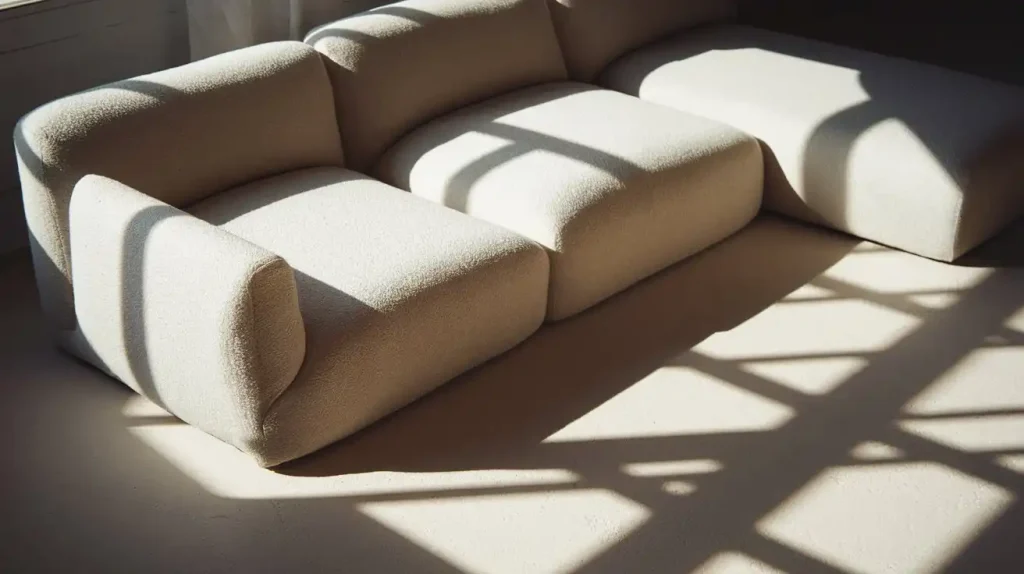
Soft shadows are particularly effective for cosmetics, home goods, or luxury items that need to appear inviting and approachable. A skincare product photographed with soft, diffused shadows can evoke feelings of comfort and self-care, appealing directly to the customer’s emotions.
Floating Shadow
Floating Shadows are a contemporary choice for achieving a modern, minimalist look. These shadows make the product appear as though it is hovering slightly above the surface, adding an element of intrigue and sophistication. This style works particularly well for items like shoes, electronics, or fashion accessories, where the clean aesthetic complements the brand image.
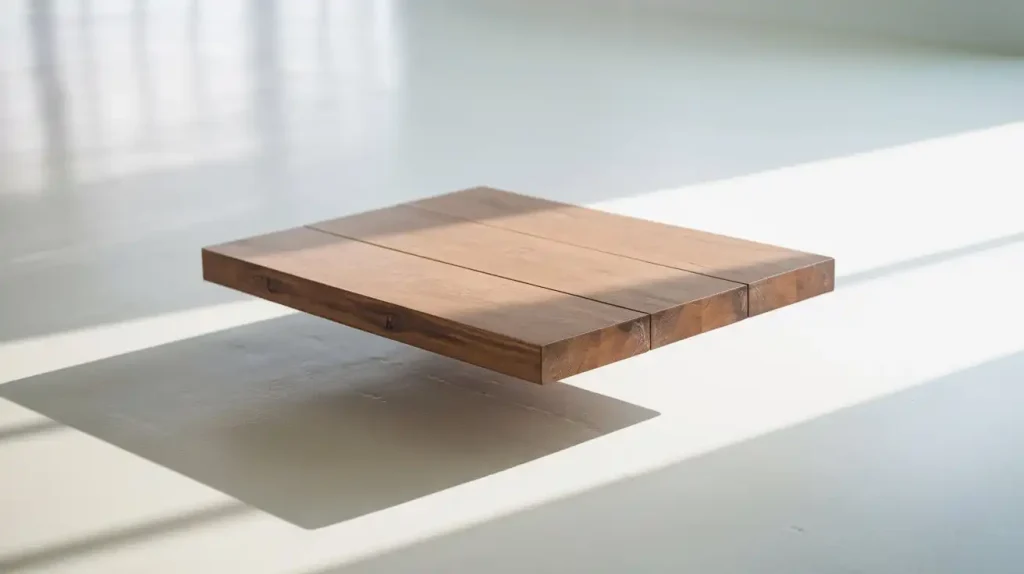
Creating floating shadows requires precise manipulation of light positioning and advanced post-production techniques. A shoe, for instance, might be placed on a transparent platform with soft lighting to create a subtle shadow beneath it. In the editing phase, the background can be removed or replaced to achieve the final floating effect.
Cast Shadow
Cast Shadows bring a strong sense of realism by reflecting how a product interacts with its environment. These shadows occur when a light source is positioned in a way that the product casts its shadow onto a background or surface. Imagine a plant’s intricate leaves casting a shadow on a textured wall or a piece of furniture creating long, artistic shadows in a lifestyle setup.
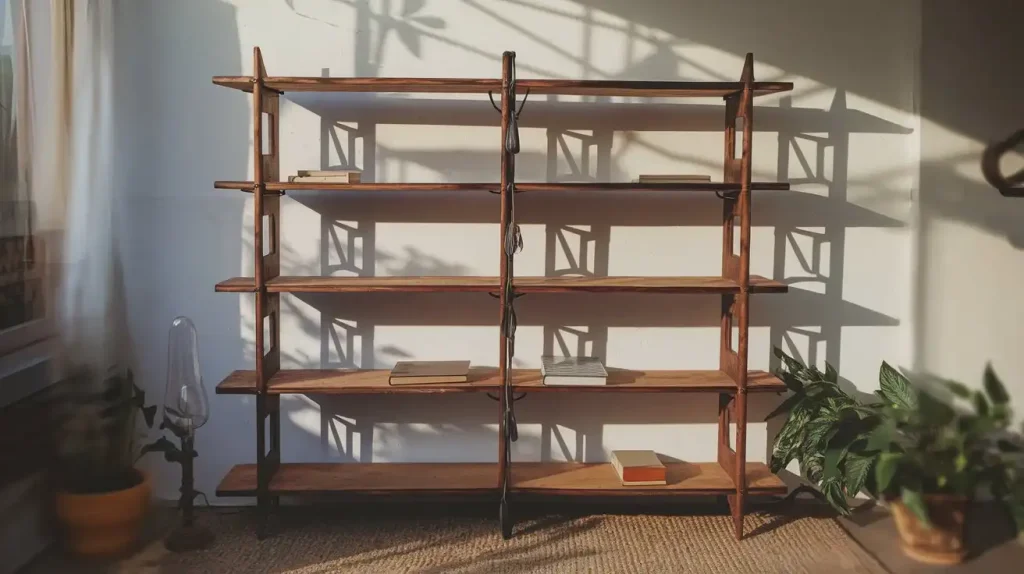
Cast shadows are ideal for storytelling, as they provide context and enhance the mood of the image. They are often used in lifestyle photography to make the product feel part of a real-world scenario. While they add significant depth and dimension, their complexity means they require careful control of light and angle to avoid overwhelming the product.
Techniques for Creating Shadows in Product Photography
The ability to create and manipulate shadows hinges on a solid understanding of light. Whether you are working with natural light, artificial light, or a mix of both, the tools and techniques you use will determine the quality and style of the shadows.
Hard Light Vs Soft Light
Hard Light vs. Soft Light is a fundamental concept in shadow creation. Hard light, produced by small or concentrated light sources, results in well-defined, dramatic shadows. It is excellent for emphasizing bold features or creating a stark contrast between light and dark areas. On the other hand, soft light, generated by large or diffused light sources, produces smoother and more gradual shadows, making it ideal for softer, inviting presentations.
Reflectors & Diffusers
Reflectors and diffusers are indispensable tools in shadow manipulation. Reflectors bounce light back onto the subject, filling in harsh shadows and balancing the overall exposure. For instance, a silver reflector can add a cool tone to a product’s shadow, while a gold reflector provides warmth.
Diffusers, such as softboxes or translucent materials, scatter light to reduce intensity and create a more even, natural look. A diffuser placed between the light source and the product can transform a harsh shadow into a soft gradient, perfect for highlighting subtle textures or details.
Light Source Positioning
Light source positioning also plays a critical role. The distance of the light source affects shadow hardness—closer lights create sharper shadows, while distant lights produce softer effects. Similarly, the angle of the light source determines the direction and length of the shadows, enabling creative experimentation to find the perfect look.
Post-Production
Post-production is where the final magic happens. Tools like Adobe Photoshop or Lightroom allow photographers to refine shadows, adjust their intensity, or even create entirely new shadow effects. Techniques such as layering, masking, and gradient adjustments are commonly used to perfect shadows during editing.
Best Practices for Using Shadows in Product Photography
Realism and consistency should always be at the forefront when using shadows. An unrealistic shadow can instantly break the illusion of authenticity, while inconsistent shadow styles across product images can confuse or alienate customers.
Choosing the right shadow type is equally critical. A hard shadow might be perfect for a modern tech product but entirely unsuitable for a plush toy. Consider the product’s purpose, target audience, and brand identity when deciding on shadow styles.
Avoiding distracting shadows is another important practice. Shadows should complement the product, not compete with it. For products with complex shapes or reflective surfaces, carefully positioned light sources and post-production edits can ensure shadows remain an enhancement rather than a distraction.
Lastly, experimentation is key. Try various lighting setups, angles, and shadow styles to discover what works best for your product. Product photography is as much an art as it is a science, and creativity often leads to the most striking results.
Summary
Shadows are an essential element of product photography, providing depth, realism, and emotional resonance that elevate product images to new heights. Whether you opt for natural shadows, dramatic hard shadows, or the sleek elegance of reflection shadows, mastering shadow techniques will ensure your products leave a lasting impression.
By understanding the various types of shadows, experimenting with creative techniques, and adhering to best practices, you can create images that not only captivate but also convert. In the competitive world of e-commerce, where visuals are king, shadows can be the subtle yet powerful tool that sets your brand apart.